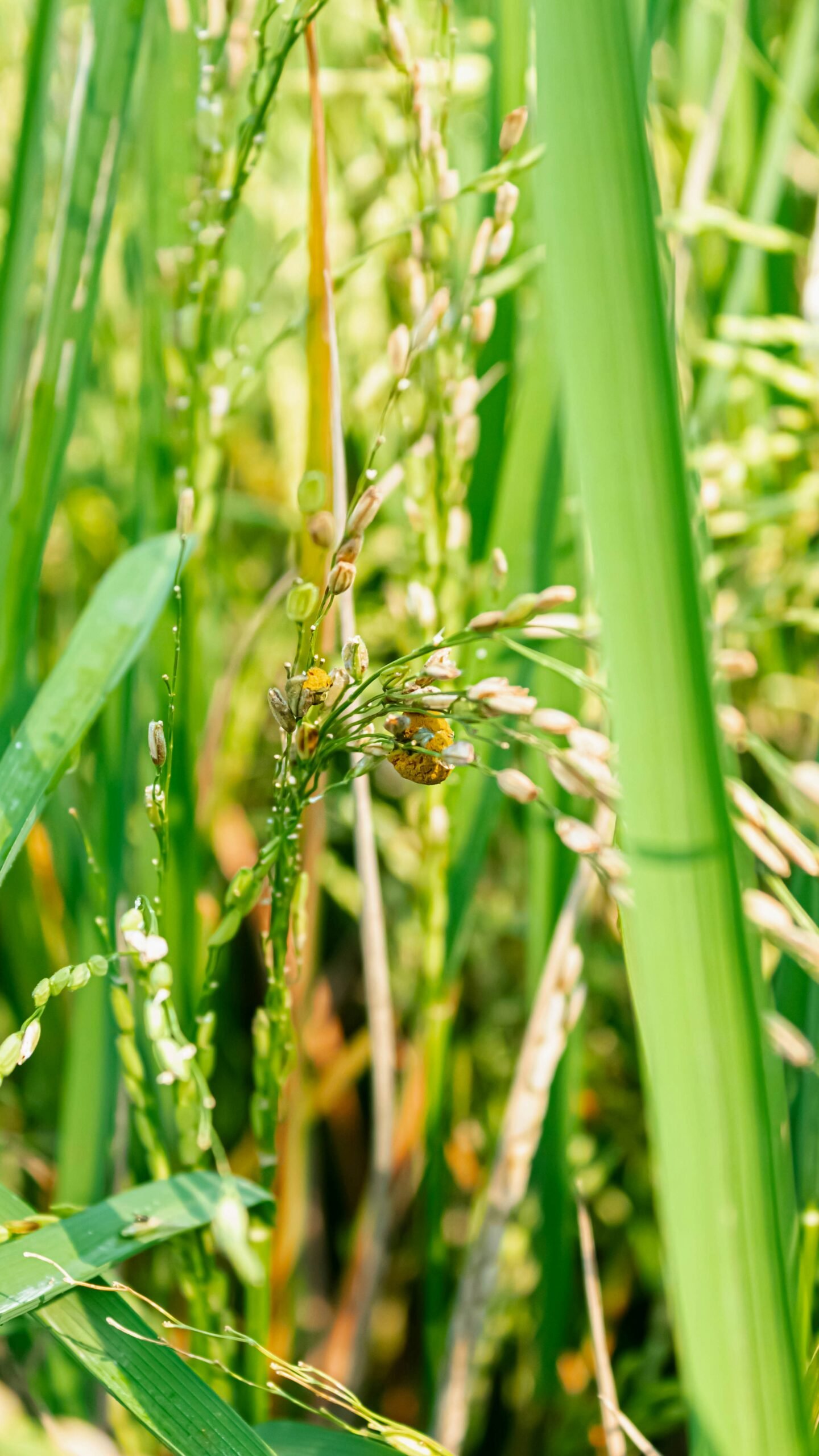

Introduction to Beetles
Beetles are fascinating insects that belong to the order Coleoptera. With over 350,000 described species, they are one of the most diverse groups of animals on Earth. This step-by-step tutorial aims to provide a comprehensive understanding of beetles, their characteristics, and their importance in the ecosystem.
Identifying Beetles
Identifying beetles can be a challenging task due to their vast diversity. However, there are certain characteristics that can help in their identification. Beetles have a hard exoskeleton and a pair of hardened forewings called elytra that cover and protect their flying wings. They also possess chewing mouthparts and antennae of various shapes and sizes. Observing these features can help you identify different beetle species.
The Life Cycle of Beetles
Understanding the life cycle of beetles is crucial to studying these insects. Beetles undergo complete metamorphosis, which includes four stages: egg, larva, pupa, and adult. The egg hatches into a larva, which then grows and molts several times before entering the pupal stage. During the pupal stage, the beetle undergoes significant transformation and emerges as an adult. Each stage plays a vital role in the development and survival of beetles.
The Ecological Role of Beetles
Beetles play a significant role in the ecosystem. They are involved in various ecological processes such as pollination, decomposition, and pest control. For instance, dung beetles help in decomposing animal feces, while lady beetles are known for controlling aphid populations. Understanding the ecological roles of beetles highlights their importance and the need for their conservation.
Conclusion
In conclusion, beetles are an essential and diverse group of insects with unique characteristics and significant ecological roles. By identifying beetles, understanding their life cycle, and recognizing their importance in the ecosystem, we can appreciate these remarkable insects and contribute to their conservation efforts.
RELATED POSTS
View all
